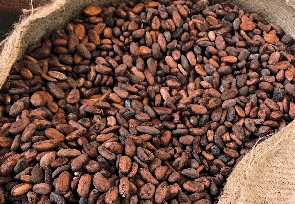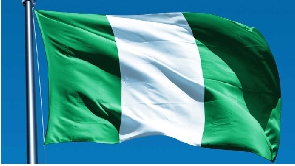he 2018/19 cocoa crop season has come to an end, and the next season has begun But unlike previous seasons the biggest aspect for public attention is not the securing of this year’s version of the receivables backed financing for local purchases of cocoa during the season, from a consortium of international banks, to the tune of US$1.3 billion.
Indeed unlike in previous years, there is lots of novel activity as the government of Ghana, through COCOBOD prepares to leverage its new partnership with neighbouring Cote d’Ivoire to implement a new pricing formula which the world’s agricultural commodity markets have graciously, if reluctantly accepted. The new pricing arrangement, which adds a US$400 per ton fixed income component to the market price and carries a guaranteed minimum price of US$2,600 per ton, takes effect from the 2020/21 season.
This means significantly higher prices for Ghana’s cocoa and thus more revenues, when this new pricing formula takes effect. Indeed, if it had taken effect now, Ghana would be getting some GHc2,900 per ton, even without adding on the usual price premium which the country’s premium quality cocoa attracts.
But just as important is the US4600 million long term loan which Ghana has secured from the African Development Bank to bring about vital structural change. The plan is to boost annual production to at least 1.5 million tons by 2027 which is nearly double what is being achieved now.
All this presents a huge opportunity to reverse the recent long term structural declines that Ghana’s cocoa industry has been suffering over the past decade or so. Not only have global market prices weakened, but Ghana’s cocoa farms have also been afflicted by disease, by age, by encroachment by illegal small scale gold miners armed with deadly chemicals and by rural urban migration which has left an aging work force. Combined these have led to significantly declining productivity.
Wisely, COCOBOD is seeking to address the issue of productivity with a view to enabling farmers purchase their production inputs and services at commercial prices which in turn would stop the Board from incurring overall losses on its activities which have led it into a GHc7.5 billion cumulative deficit currently. Increased productivity per hectare and increased price per tonne of cocoa produced should combine to take this possible. Besides the rehabilitation of moribund farms and the replacement of aging trees will significantly improve annual production too
However this is neccessarily a gradual process so the best time to start working towards the transition is now, ahead of the impending price hike. The incoming season should be used to commence work at raising productivity so Ghana can get the most out of the impending increase in global market prices, instigated by the new pricing arrangement. This will require more public spending through COCOBOD and the new long term loan is providing the requisite financing
This newspaper thoroughly supports the impending major new spending through debt finance as Ghana’s cocoa sector seeks to maximize the price benefits of the new pricing formula. Ghana needs to invest in its cocoa sector ahead of what should be a major boom in revenue generation potentials.
Click to view details



Business News of Friday, 8 November 2019
Source: goldstreetbusiness.com
The cocoa sector’s impending new era
Entertainment

CEO of Caveman Watches ties the knot in private ceremony
Opinions














